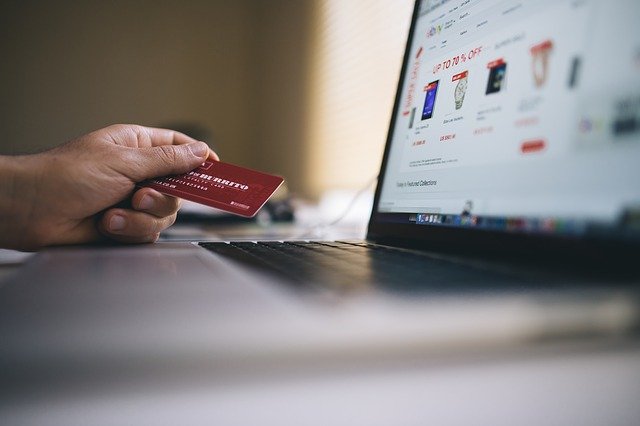In this article, we take a closer look at what a BIN is, what it means, and how it changes. A number is used to identify a card issued by a bank or other financial institution. A BINS is a fulcrum that binds the issuer of the card issued to the transactions on the card.
The person receiving the call assures the caller that everything is in order and that the account is not compromised. The information provided states that the account has been cleaned up, it has a credit card and all sorts of goods have been debited. The only thing the caller doesn't add is a word.
The first digit of your card is known as the most important industry identifier (MII), and we have ten in the range of 0 to 9. For example, numbers 4 and 5 falls into the category of issuers of bank and financial cards. Number 0 falls under the ISO TC-68 classification. The same applies to health cards and telecommunications.
The first digit of the recycle bin indicates the most important industry codes (MII) such as airlines, banks, and travel, while the next five digits indicate the issuing institution (bank). For example, Visa credit card MII starts at 4 am.
The term Issuer Identification Number (IIN) is increasingly used. This is reflected in the increasing number of non-bank institutions opting for the BIN network. However, the terms IIN and BIN are often used interchangeably.
Card number length: A card number is a number of digits. The first six or eight digits of the card number, including the initial MII digit, are known as the Issuer Identification Number (IIN). This information identifies the issuer, the institution that issued the card, and the cardholder. The rest of the number is assigned to the card issuer.
In some cases, the number may vary between four and six digits, depending on the institution issuing the card. The use of the first six numbers is the most common, but it is not mandatory and can be changed, as we will discuss below.
Remember that unlike a PIN, which is used to identify the holder of the bank card, a trash can is used to identify the issuer of the card. Both PINs and containers are used for security reasons. Security websites are designed to look for trash that is becoming increasingly common due to credit and debit card fraud.
INs and PANs have a certain internal structure and a common numbering scheme defined in ISO / IEC 7812. The last digit of the Luhn check digit (i.e. The IIN length was extended to 8 digits in the fifth edition of IEC 7812, published in 2017, and PANS remain variable in length, ranging from 10 to 19 digits.
It helps participants in online transactions verify the information and identify themselves in the event of fraud, stolen cards, or identity theft. A BIN does not identify the card-issuing institution or its location but passes the data on to the person involved in the transaction.
The IIN is the primary routing mechanism for real-time claims. Many card issuers print the entire IIN account number on their cards. In the United States, NCPDP (Pharmacy Claims Identifying Processor) uses the IDIN to print pharmacy insurance cards.
Containers provide accurate information about credit and debit cards, such as card type, exhibitor, industry, and card brand. Recycle bins are not only available for credit or debit cards. You can find electronic gift cards, store prepaid cards, and others.
It also helps to verify the authenticity of the transaction. When a consumer transfers money to a merchant via online banking, check the merchant's information before proceeding with a transaction. It does not help if it is an online retailer that matches the information with the location of the customer profile. By comparing the information, the online trader can determine whether there is any reason to believe that the transaction is fraudulent.
Many merchants, businesses, and consumers rely on credit and debit cards for their daily transactions. However, as cars become more popular, the risk of fraud increases, with potentially catastrophic consequences for merchants as chargeback rates rise and profits plummet.

